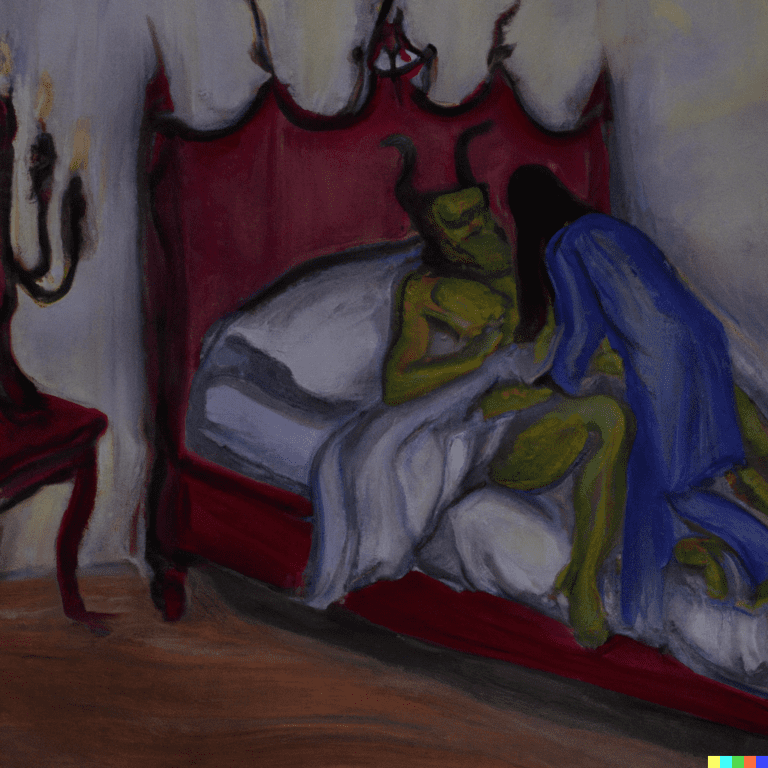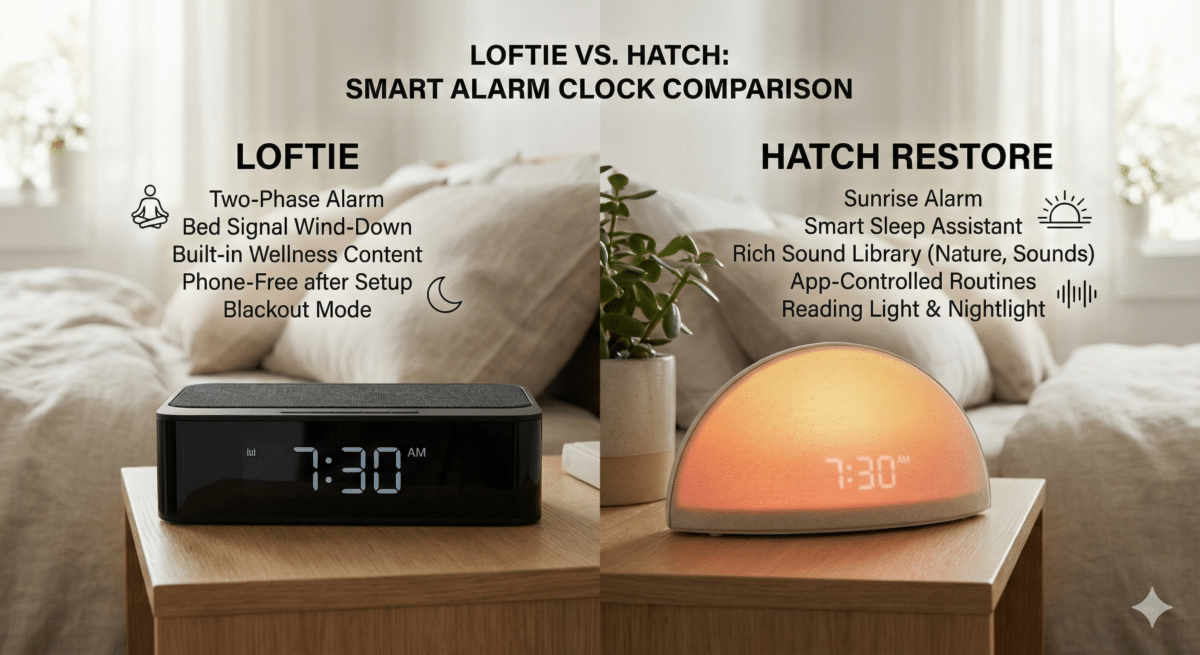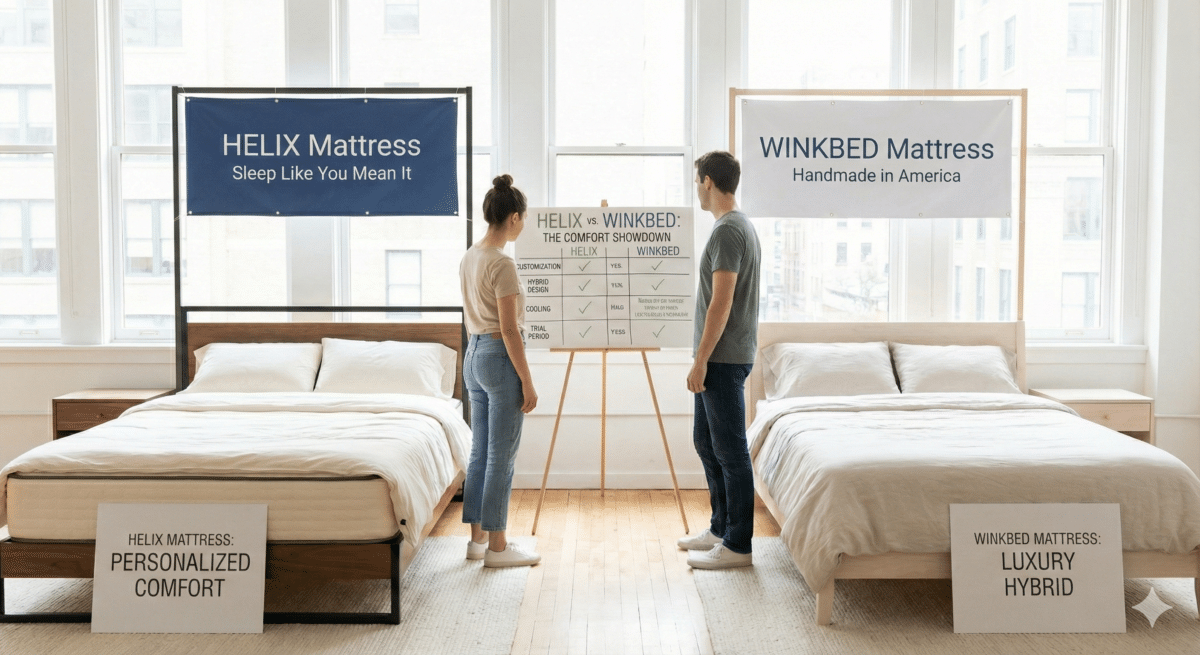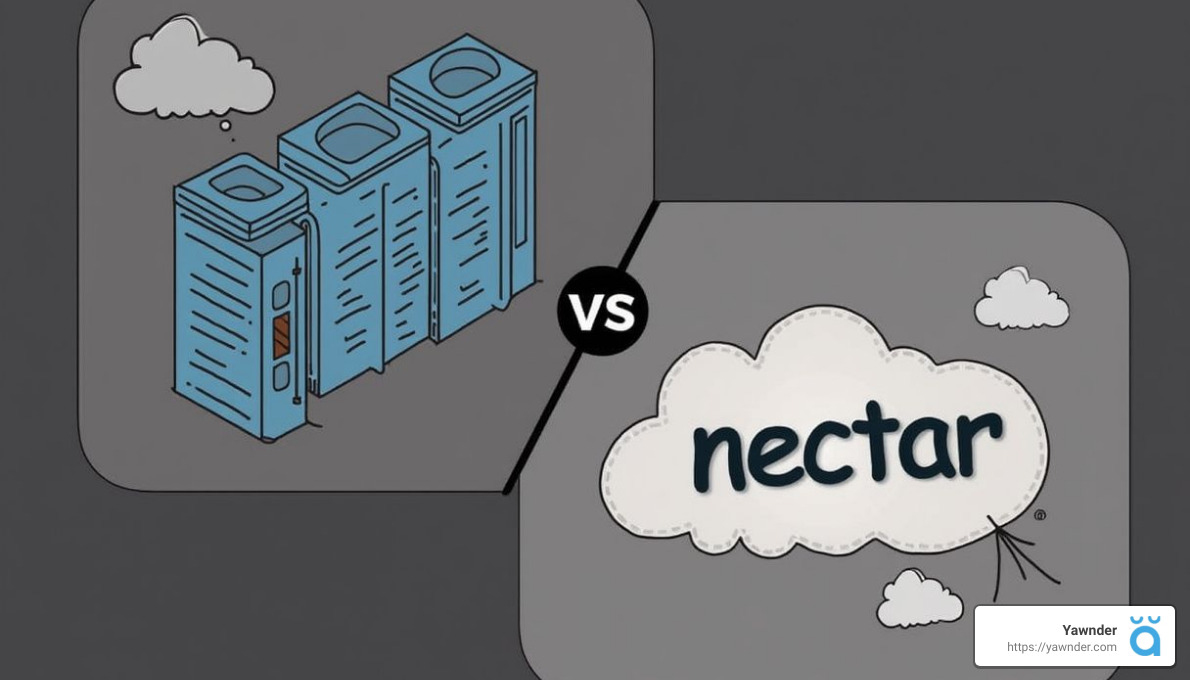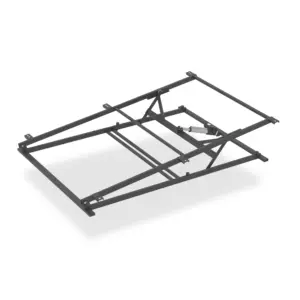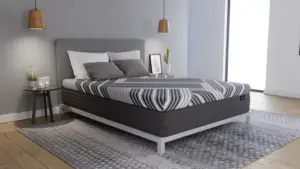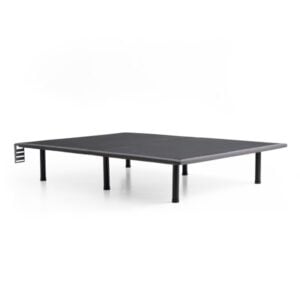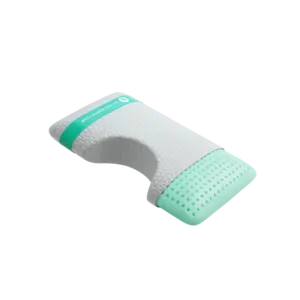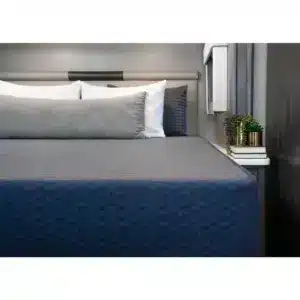Parasomnias, a group of sleep disorders that involve undesired occurrences during sleep, have long been a subject of intrigue and fascination. From tales of sleep demons to real-life accounts of sleepwalking and night terrors, understanding the science behind these nocturnal disturbances is vital to demystify and manage them effectively. In this comprehensive guide, we delve into various types of parasomnias, their causes, symptoms, and treatments, and explore the cultural perspectives surrounding the phenomenon of sleep demons.
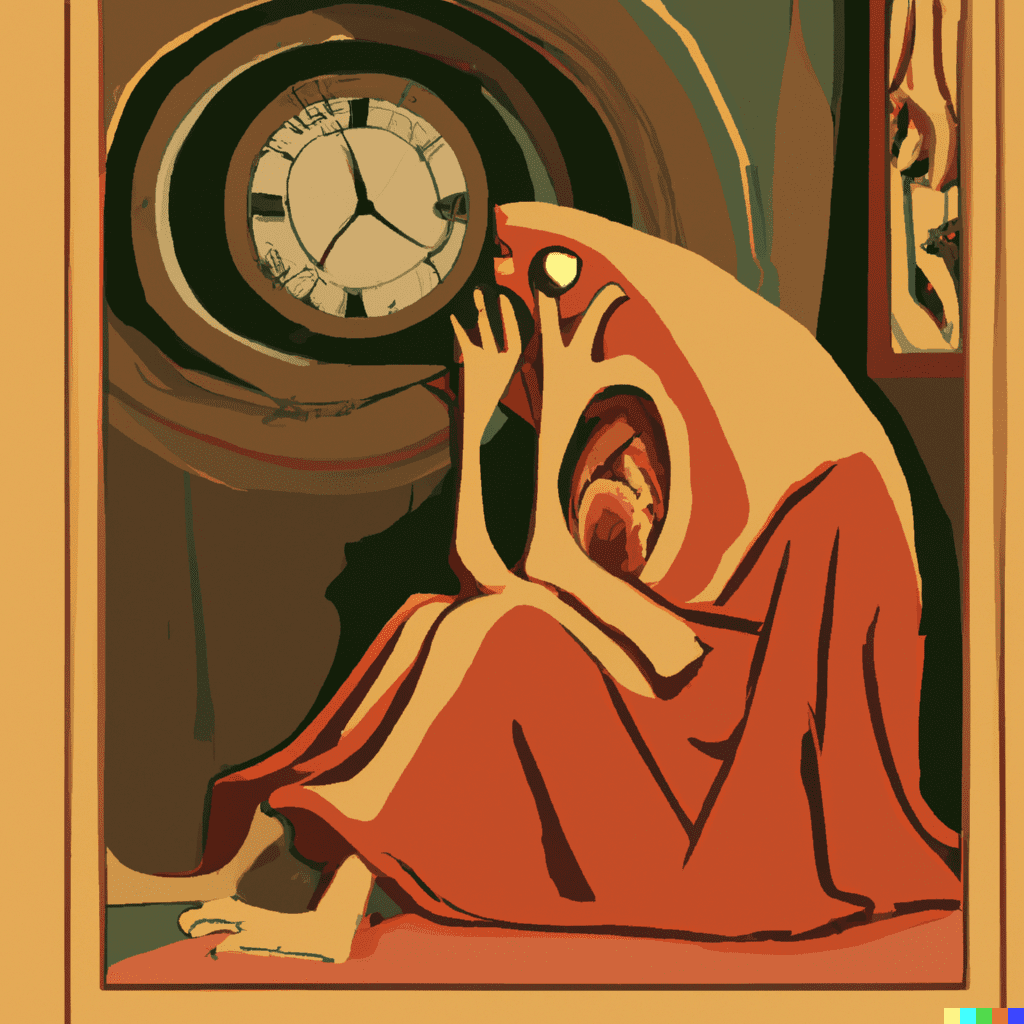
2. Parasomnia Types and Symptoms
Parasomnias can be broadly classified into two categories: NREM (Non-Rapid Eye Movement) parasomnias and REM (Rapid Eye Movement) parasomnias. Each type encompasses a range of disorders with distinct symptoms and manifestations.
2.1 NREM Parasomnias
Sleepwalking: Also known as somnambulism, sleepwalking involves performing complex actions such as walking, dressing, or eating while asleep. Sleepwalkers often have no memory of these events.
Night Terrors: Intense fear and agitation characterize night terrors, with individuals waking up suddenly and exhibiting symptoms such as screaming, rapid heartbeat, and sweating.
Confusional Arousals: People experiencing confusional arousals may exhibit disoriented behavior, slow speech, and poor memory upon waking up.
2.2 REM Parasomnias
REM Sleep Behavior Disorder: This condition involves physically acting out dreams, sometimes violently, resulting in injury to oneself or a bed partner.
Sleep Paralysis: A temporary inability to move or speak upon waking or falling asleep, often accompanied by vivid hallucinations and a feeling of an evil presence, referred to as sleep demons.
Nightmare Disorder: Frequent, disturbing nightmares that cause significant distress and impaired functioning during the day.
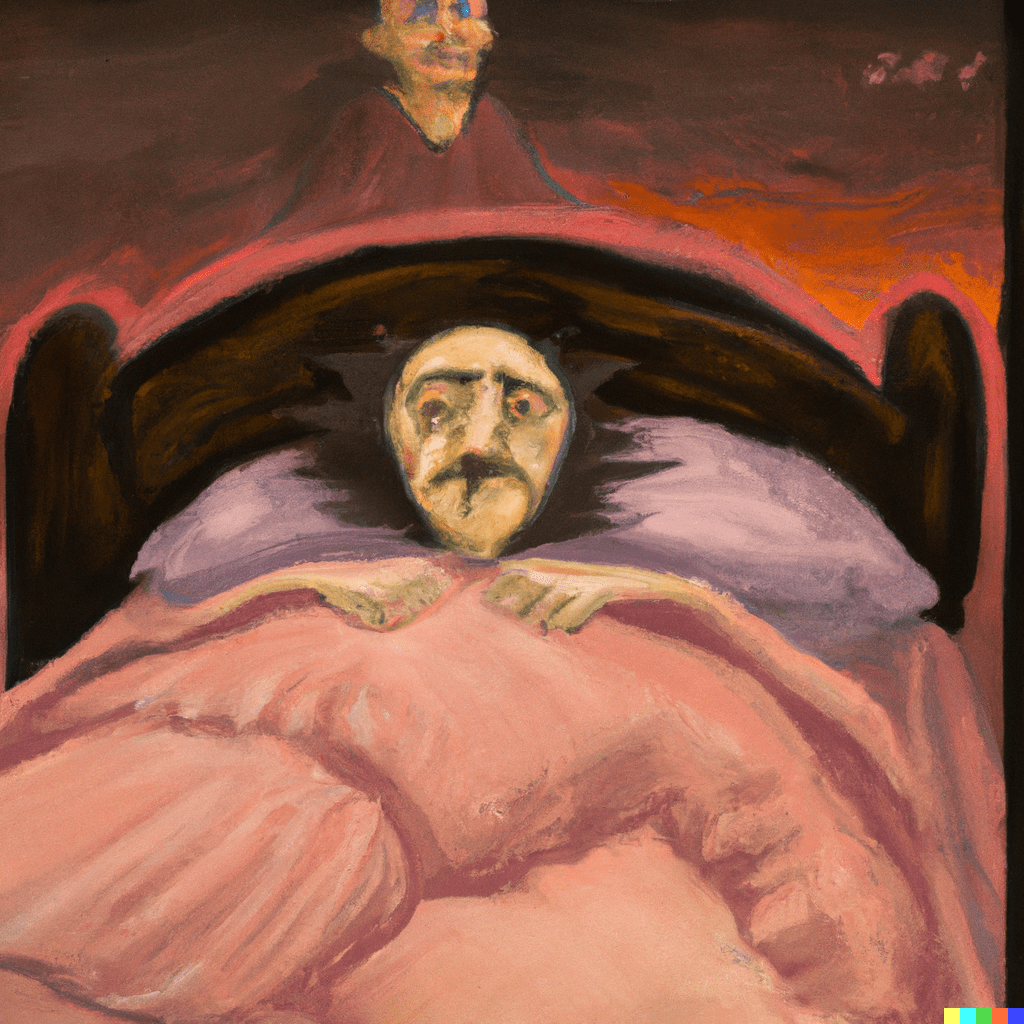
3. Sleep Demons and Cultural Interpretations
Throughout history, sleep paralysis and its accompanying hallucinations have given rise to numerous cultural interpretations. Many societies have attributed these experiences to supernatural forces or sleep demons, such as:
Old Hag Syndrome: In Newfoundland and various cultures, the sleep demon is described as an old woman who sits on the chest of the sleeper, causing feelings of suffocation and terror.
Kanashibari: In Japanese folklore, kanashibari refers to the sensation of being bound by invisible ropes, often attributed to malevolent spirits or ghosts.
Succubus and Incubus: In medieval Europe, sleep paralysis was often attributed to nocturnal visitations by succubi and incubi, demonic entities believed to engage in sexual activity with their victims.
These cultural interpretations, while fascinating, often obscure the fact that sleep paralysis is a neurological phenomenon that can be understood and managed with appropriate medical intervention.
- Identifying and Diagnosing Parasomnias
Recognizing the symptoms of parasomnias is the first step toward diagnosis and treatment. A detailed medical history, sleep diary, and thorough physical examination are essential tools for a healthcare professional to identify these disorders. In some cases, an overnight sleep study, or polysomnography, may be required to monitor brain activity, eye movements, and muscle activity during sleep.
4.1 Polysomnography
Polysomnography can help identify specific patterns and disturbances associated with parasomnias. Electrodes placed on the scalp, face, and body record brain waves, muscle activity, and eye movements, while other sensors monitor heart rate and breathing. A trained sleep specialist analyzes the data to determine the presence and severity of a parasomnia.
4.2 Differential Diagnosis
Distinguishing parasomnias from other sleep disorders, such as sleep apnea or restless legs syndrome, is crucial for appropriate treatment. A careful assessment of symptoms, along with data from the sleep study, can help differentiate between these conditions and ensure proper management.
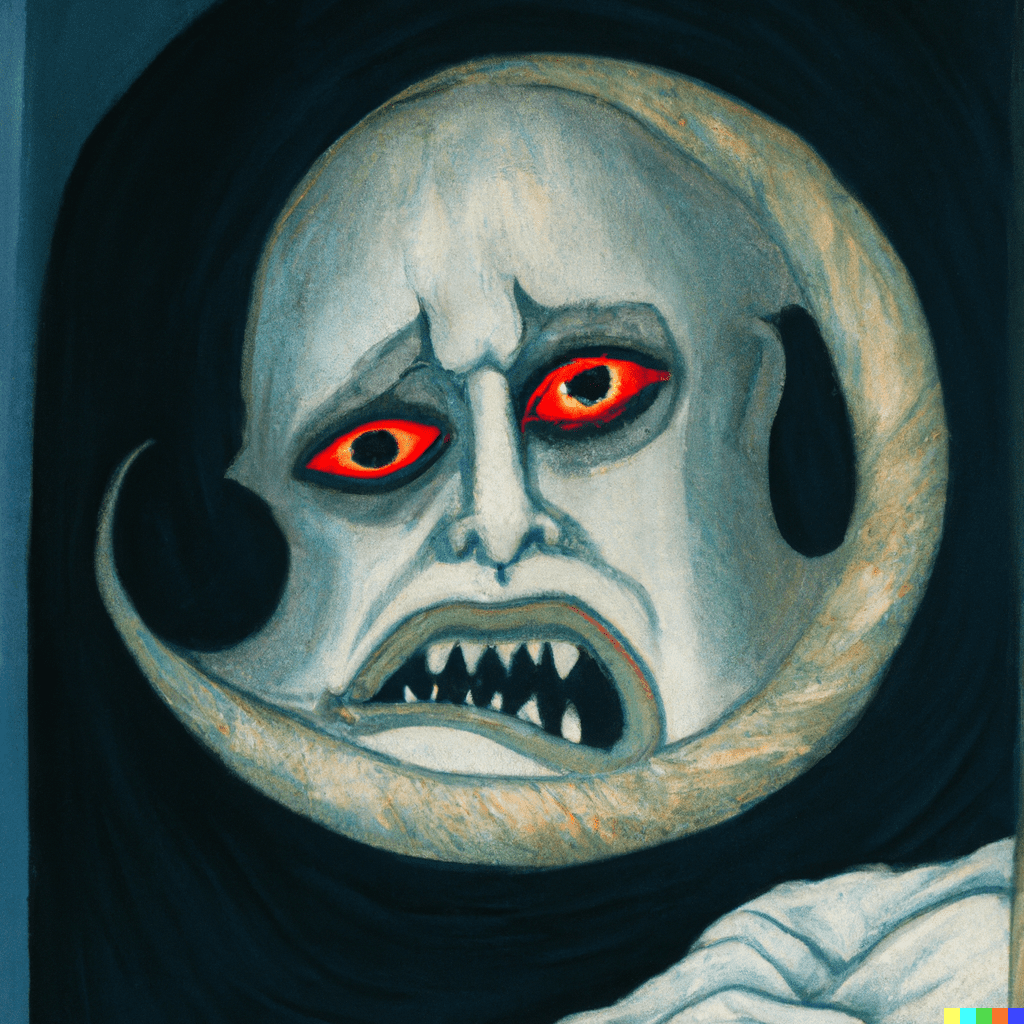
5. Treatment Options and Strategies
Treatment for parasomnias depends on the specific disorder, its severity, and the individual’s unique circumstances. Some common approaches include:
5.1 Behavioral and Lifestyle Changes
- Maintaining a consistent sleep schedule
- Creating a relaxing bedtime routine
- Ensuring a comfortable sleep environment
- Reducing stress through relaxation techniques or counseling
- Limiting caffeine and alcohol intake
5.2 Medications
- Benzodiazepines: For REM sleep behavior disorder and severe cases of sleepwalking or night terrors, medications such as clonazepam may be prescribed to suppress motor activity during sleep.
- Antidepressants: Tricyclic antidepressants and selective serotonin reuptake inhibitors (SSRIs) can help alleviate symptoms of sleep paralysis and nightmare disorder.
- Melatonin: A hormone that regulates sleep-wake cycles, melatonin supplements may be effective in treating certain parasomnias, particularly REM sleep behavior disorder.
5.3 Cognitive Behavioral Therapy (CBT)
CBT is a form of psychotherapy that helps individuals identify and change negative thought patterns and behaviors related to sleep. This approach has shown promise in treating insomnia and may be beneficial for some parasomnias, such as nightmare disorder.
5.4 Safety Precautions
For sleepwalkers and individuals with REM sleep behavior disorder, taking steps to ensure a safe sleep environment is crucial. These precautions may include:
- Removing sharp or dangerous objects from the bedroom
- Locking doors and windows
- Installing alarms or motion sensors
- Placing padding or pillows around the bed
6. Conclusion
Parasomnias, with their unsettling manifestations and impact on sleep quality, have long been a source of intrigue and fear. Understanding the science behind these sleep disorders is essential for dispelling myths and misconceptions, such as the concept of sleep demons. With accurate diagnosis and appropriate treatment strategies, individuals suffering from parasomnias can find relief and reclaim their nights from these nocturnal disturbances.
In this article, we have drawn insights from a range of scientific studies and research papers that delve into parasomnias and related sleep disorders. Some key sources include:
- American Academy of Sleep Medicine. (2014). International Classification of Sleep Disorders, 3rd Edition (ICSD-3). Darien, IL: American Academy of Sleep Medicine.
- Ohayon, M. M., & Schenck, C. H. (2010). Sleep-related violence and sexual behaviors in the general population: A report on 3313 individuals. Sleep Medicine, 11(10), 941-946.
- Sharpless, B. A., & Barber, J. P. (2011). Lifetime prevalence rates of sleep paralysis: A systematic review. Sleep Medicine Reviews, 15(5), 311-315.
- Simard, V., & Nielsen, T. A. (2005). Sleep paralysis-associated sensed presence as a possible manifestation of social anxiety. Dreaming, 15(4), 245-260.
- Zadra, A., & Donderi, D. C. (2000). Nightmares and bad dreams: Their prevalence and relationship to well-being. Journal of Abnormal Psychology, 109(2), 273-281.
These sources provide valuable information on the classification, prevalence, and impact of various parasomnias, as well as the cultural interpretations surrounding sleep demons and sleep paralysis. By referencing these research papers, we aim to present an accurate and well-rounded understanding of parasomnias and their implications for sleep health.

